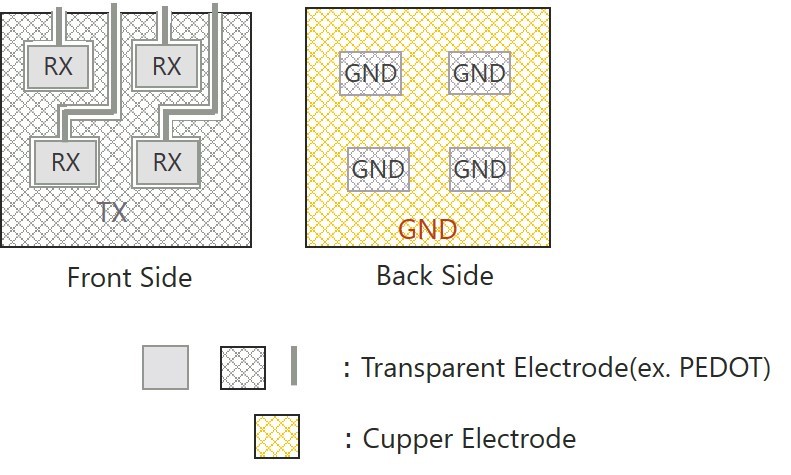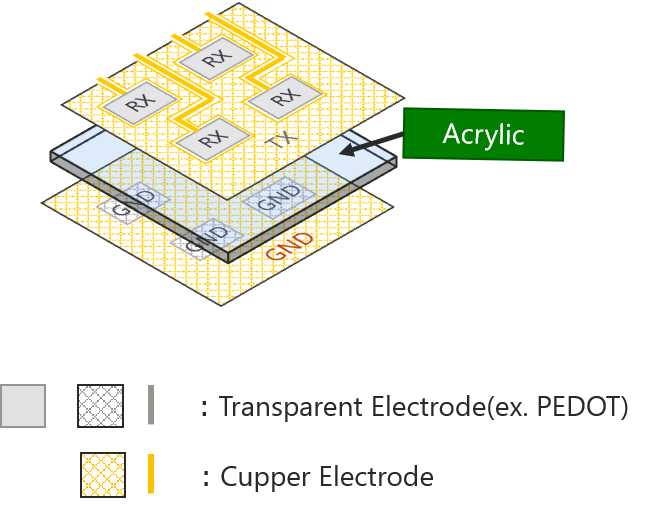Hello.
I am evaluating TIDM-1021 board and interested in liquid-tolerant touch.
But the board is double sided mounting.
Are there any way to mount to single-sided board and realize liquid-tolerant touch?
I would like to use flexible sensor sheet for electrode.
Regards,
U-SK








